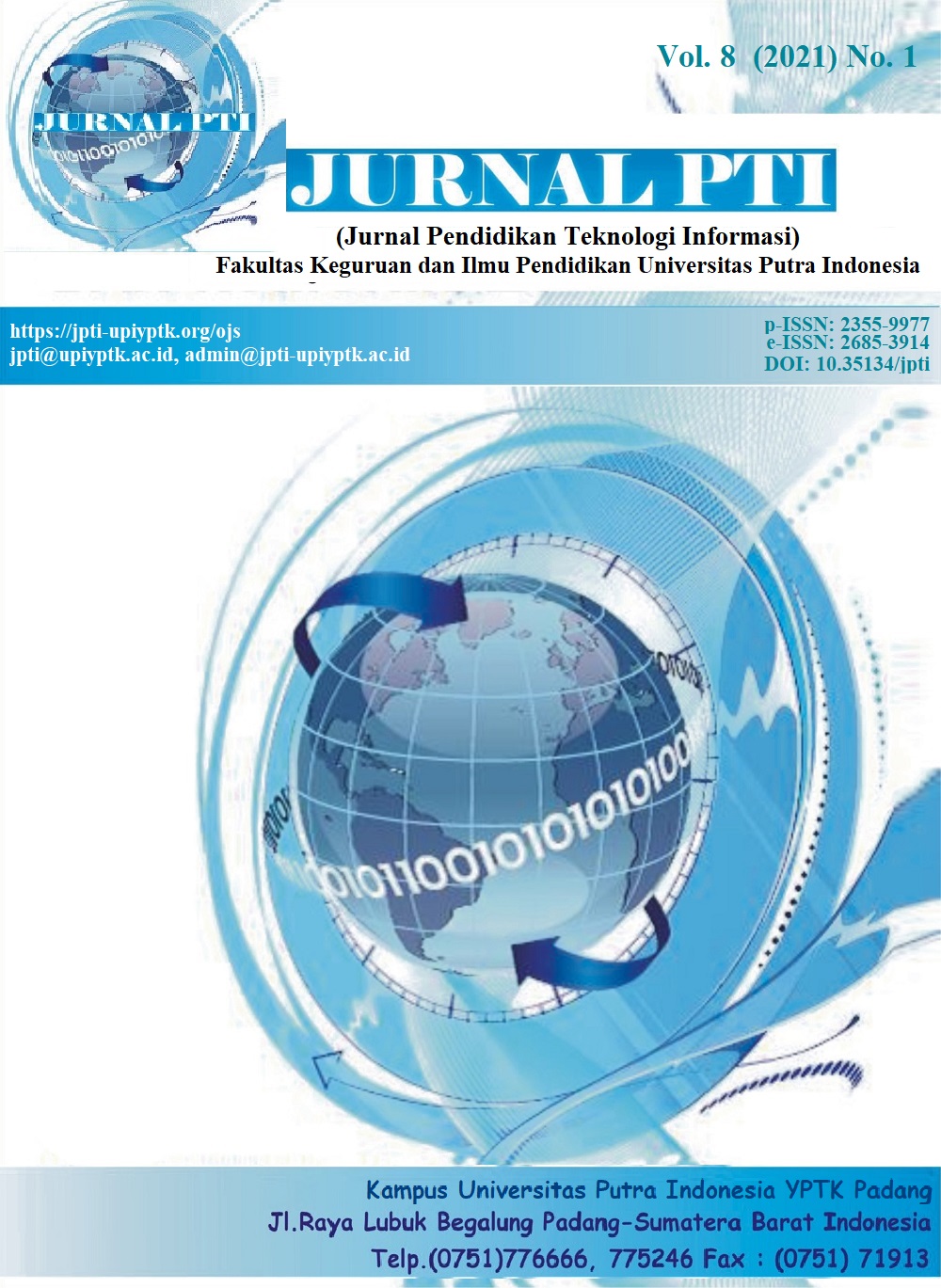Teaching Dubbing Translation in Indonesian Classroom: Benefits and Challenges
DOI:
https://doi.org/10.35134/jpti.v9i2.134Keywords:
Dubbing Translation, Audiovisual Translation Pedagogy, Indonesian Classroom, Review MethodAbstract
Currently, dubbed version of imported films or programs are available as one of the options of content localization, aside from subtitles. Despite the potential of dubbing and dubbing translation, especially in Indonesia, not many departments in higher education institutions offer lesson in dubbing translation. This article aims to propose what topics can be covered in a dubbing translation lesson, why dubbing translation lesson is important, and what dilemmas arise in teaching dubbing translation. The study was conducted using literature review method. Future research may be done to find the gap between the translation skills required in Indonesian dubbing industry and the ones acquired by Translation students in Indonesia
References
Almeida, P.A.; Costa, P. D. (2014). Foreign language acquisition: the role of subtitling. Procedia: Social and Behavioral Sciences, 1234 – 1238.
Bagheri, Marzieh; Nemati, A. (2014). On the translation strategies of movie dubbing and subtitling: A frequency analysis on explicitation in translation. Linguistics and Literature Studies, 86–91.
Baños-Piñero, Rocío; Chaume, F. (2009). Prefabricated orality: A challenge in audiovisual translation. Intralinea.
Beda, Y. (2019). Drakor TransTV dubbing Bahasa Indonesia lebih baik dari subtitle? Popmagz, July(3).
Bosseaux, C. (2018). Voice in French dubbing: The case of Julianne Moore. Perspectives: Studies in Translation Theory and Practice, 218–234.
Bosseaux, C. (2019). Investigating dubbing: Learning from the past, looking to the future. In L. (ed. . Pérez-González (Ed.), The Routledge handbook of audiovisual translation (pp. 48–63). Routledge.
Cambridge University Press. (2019). Cambridge Dictionary. Dictionary.
Chaume, Frederic; Ranzato, Irene; Zanotti, S. (2018). The challenges and opportunities of audiovisual translation. An interview with Frederic Chaume. Cultus: The Journal of Intercultural Mediation and Communication, 10–17.
Chaume, F. (2008). Teaching synchronisation in a dubbing course: Some didactic proposals. In The didactics of audiovisual translation (pp. 129–140). John Benjamins Publishing Company.
Forristal, L. (2022). Amazon Prime Video launches localized services for top three markets in Southeast Asia. TechCrunch. https://techcrunch.com/2022/08/01/amazon-prime-video-launches-localized-services-for-top-three-markets-in-southeast-asia/
Herbst, T. (1997). Dubbing and the dubbed text - style and cohesion: Textual characteristics of a special form of translation. In A. (ed. . Trosborg (Ed.), Text typology and translation (pp. 291–308). John Benjamins Publishing Company.
Jason. (2022). Event dubbing Bahasa Indonesia Genshin Impact dengan hadiah primogems. Diorama Suara Merdeka. https://diorama.suaramerdeka.com/video-game/pr-1834074570/event-dubbing-bahasa-indonesia-genshin-impact-dengan-hadiah-primogems
Jüngst, H. E. (2013). The potential of integrating dubbing activities in the translation classroom. Trans, 103–114.
Kemp, S. (2021). Digital 2021: Global overview report. Datareportal. https://datareportal.com/reports/digital-2021-global-overview-report
Manurung, Sulastri; Pohan, A. E. (2019). Students’ perception on the implementation of video dubbing project in teaching speaking. Anglo-Saxon, 288–296.
Martínez, X. (2004). Film dubbing: Its process and translation. In P. (ed. . Orero (Ed.), Topics in audiovisual translation (pp. 3–8). John Benjamins Publishing Company.
Matkivska, N. (2014). Audiovisual translation: Conception, types, characters’ speech and translation strategies applied. Studies about Languages, 38–44.
Merchán, B. C. (2019). Audiovisual translator training. In L. (ed. . Pérez-González (Ed.), The Routledge handbook of audiovisual translation (pp. 468–482). Routledge.
Miggiani, G. S. (2019). Dialogue writing for dubbing: An insider’s perspective. Palgrave Macmillan.
Nurcahyo, A. D. (2011). “Film dubbing” as an alternative of ICT based teaching in translation class. 58th TEFLIN International Conference, 102–105.
Pamungkas, F. D. (2019). How video dubbing can improve students’ speaking pronunciation. Eternal (English, Teaching, Learning, and Research Journal), 41–53.
Paramita, N. (2018). Developing supplementary instructional material on audiovisual translation for a translation course [Master’s thesis, Universitas Negeri Malang]. Repositori Universitas Negeri Malang.
Paramita, N. (2020). Write True ( T ) or False ( F ) according to the text and the picture . ( Tulis True / T atau False / F sesuai dengan keterangan dalam bacaan dan gambar .) II . Write your apology according to these situations . ( Tuliskan permintaan maaf sesuai dengan si. 1–5.
Pym, A. (2013). Translation skill-sets in a machine-translation age. Meta, 487–503.
Reiss, Katharina; Rhodes, E. F. (2014). Translation criticism – the potentials and limitations. Routledge.
Shevenock, S. (2022). The international content boom has made subtitlers and dubbers the lifeblood of streaming. Morning Consult. https://morningconsult.com/2022/04/25/subtitles-dubbing-streaming/
Siegel, Tatiana; Roxborough, Scott; Richford, Rhonda; Tsui, C. (2013). Inside the weird world of international dubbing. The Hollywood Reporter. http://www.hollywoodreporter.com/news/argo-django-unchained-inside-weird-427453
Sokoli, S. (2020). Exploring the possibilities of interactive audiovisual activities for language learning. In N. (eds. . McLoughlin, Laura Incalcaterra; Lertola, Jennifer; Talaván (Ed.), Audiovisual translation in applied linguistics: Educational perspectives (pp. 79–102). John Benjamins Publishing Company.
Downloads
Published
How to Cite
Issue
Section
License
Copyright (c) 2022 JURNAL PTI (PENDIDIKAN DAN TEKNOLOGI INFORMASI) FAKULTAS KEGURUAN ILMU PENDIDIKAN UNIVERSITA PUTRA INDONESIA "YPTK" PADANG

This work is licensed under a Creative Commons Attribution 4.0 International License.





